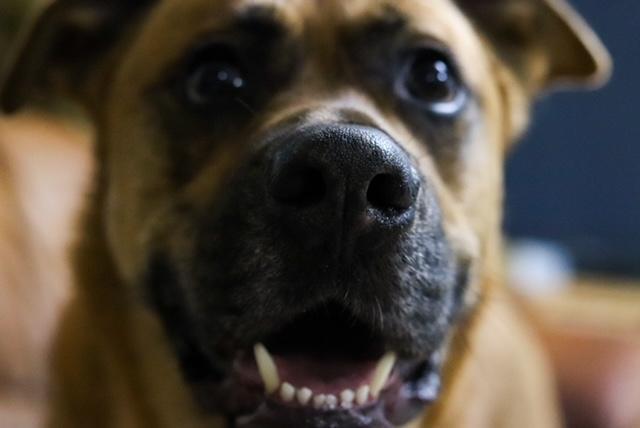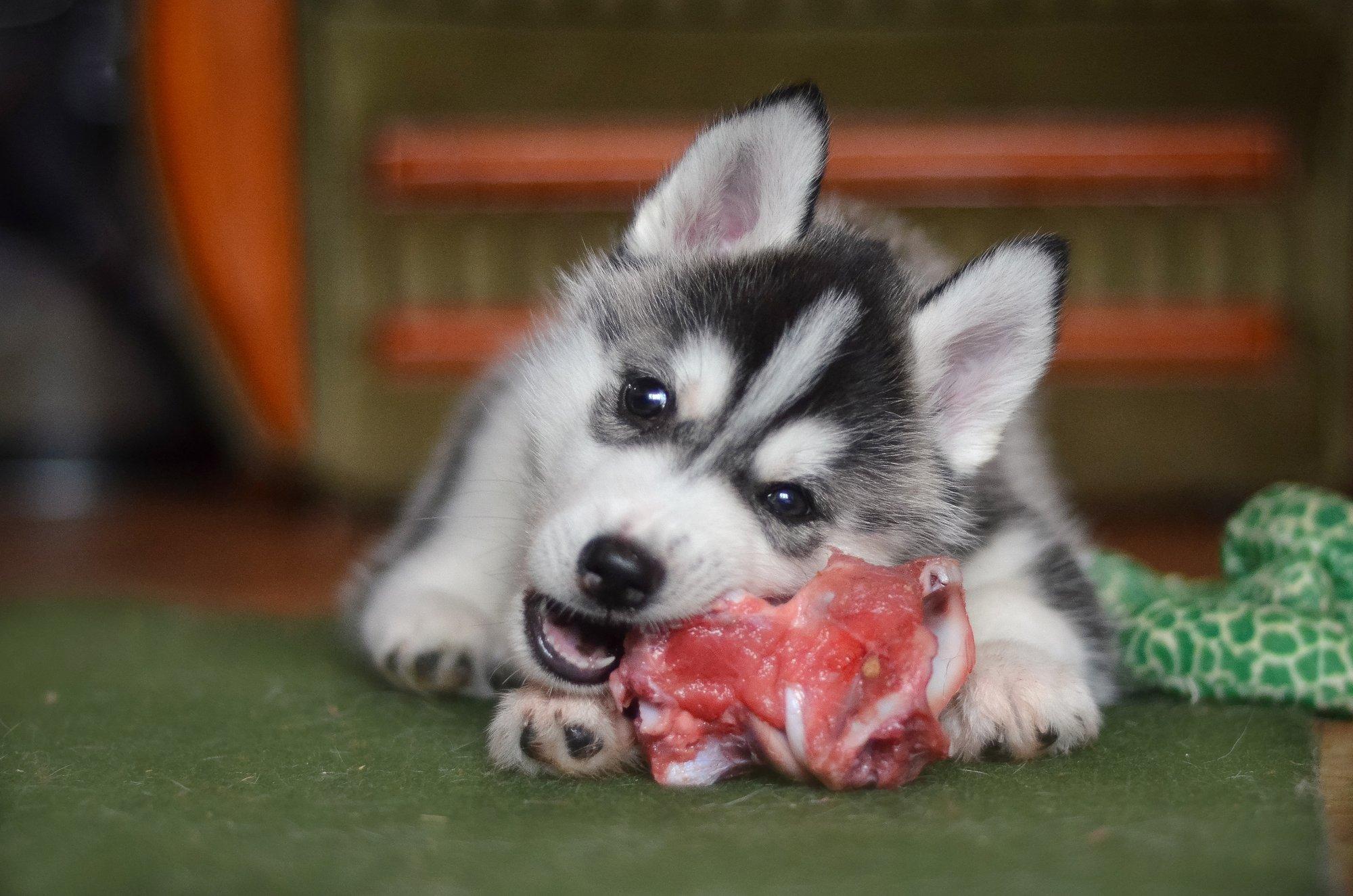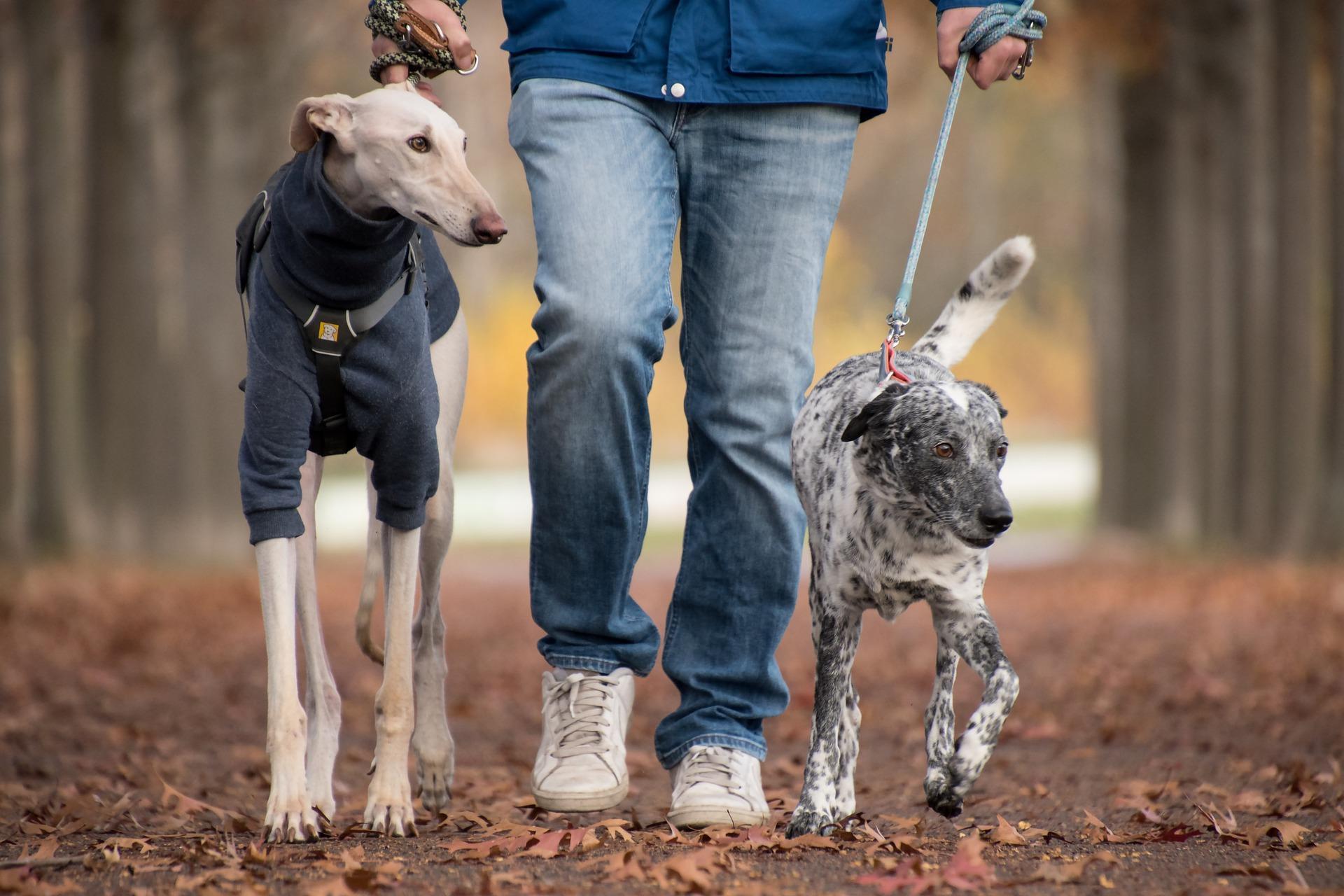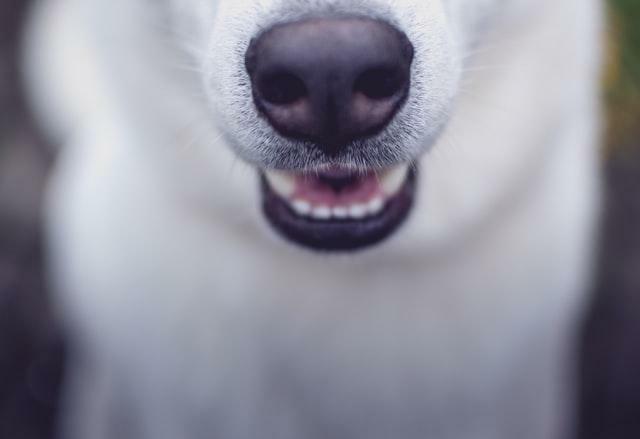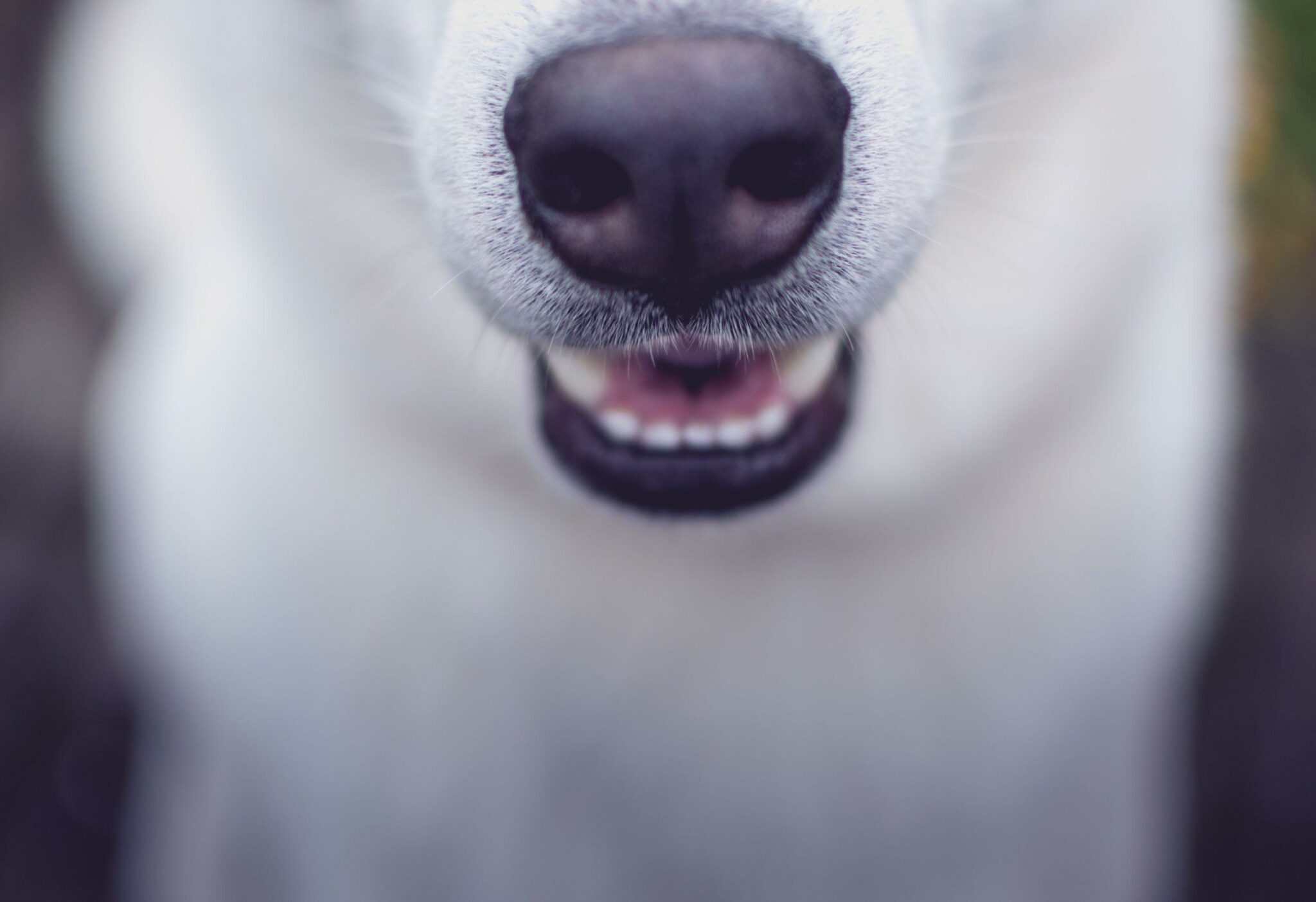Whether you are a seasoned raw feeder or simply want to include raw meaty bones as a way to support dental hygiene for your dog, knowing which bones to feed can be a bit of a minefield.
It’s a question we get asked here a lot at My Pet Nutritionist, so we thought we’d put together a handy guide on feeding bones to your dog. We’ll look at the do’s and don’ts and the why’s and wherefores.
Why Feed Bones?
Depending on the approach you have in feeding your dog, bones will either provide recreational enrichment and dental health support, or a solid 10% of their diet.
Bones as Enrichment and Stress Relief
Study after study have demonstrated that chewing can counter the effects of stress. Not only does it reduce stress hormone levels, but it also limits sensory processing of external stressors. In short, it keeps your dog’s attention off things it doesn’t need to be paying attention to.
At the same time, chewing is known to improve alertness; it shortens reaction time and increases vigilance. This is thought to be due to the increase in heart rate during the chewing task which increases cerebral blood flow and brain activity.
So, chewing for the dog can help them rebalance their stress levels and also improve their alertness, which may be of interest if you are preparing training sessions
In rest and recovery, chewing opportunities need to be in a quiet space where rest can be encouraged. The increase in heart rate and blood flow, soon dissipates, and with the limited processing of external stressors, the dog is prepared to rest.
At the other end of the scale, to promote alertness, offer a chewing opportunity 15-30 minutes before training. This will vary from dog to dog, so it may take some time to find the sweet spot.
What is also interesting, is the rate of force needed when chewing, especially when we are encouraging dogs to rest and recover. A strong chewing force induces a greater reduction in stress levels. So, in this situation, larger bones may be more appropriate.
Bones for Dental Health
Periodontal disease begins when bacteria in the dog’s mouth forms to create a substance called plaque. The plaque sits on the surface of the teeth and with the help of saliva, it hardens to form tartar. Not only does it sit on the teeth, plaque and tartar seeps into gum lines which causes inflammation. Over a period of time, this inflammation and presence of bacteria causes damage to the structures surrounding the teeth; causing receding gum lines and eventually tooth loss.
Not only is the mouth and teeth a concern, but the bacteria found in the mouth of your dog can be released into the circulatory system, which then travels through the body. It has been found to damage cardiac tissue causing endocarditis (infection and inflammation in the heart). Oral health is gaining more and more attention in the human realms for its implication in a range of diseases. Much of this we can transfer to our canine companions which means optimising their dental health is of paramount importance.
There are a number of chews on the market promoting oral health, but it is actually the mechanism of chewing that helps to reduce build up.
Chewing stimulates saliva which produces anti-bacterial agents, helping to keep the mouth clean. Not only this, but the abrasion that occurs during chewing helps scrape deposits off the teeth.
So, what type of chew is best?
Here’s what the data suggests:
- Raw bones reduced mouth bacteria by 79%,
- Daily brushing reduced it by 70% and,
- Marketed dental chews reduced it by 54-60%.
Findings Here
As you can see, raw bones lead the way in reducing bacteria and therefore optimising dental health in the dog.
Bones as a Source of Nutrition
Bone starts as a cartilage model which gets slowly replaced. Osteoblasts are the cells that form new bone and they secrete osteoids. Osteoid tissue is simply unmineralized bone tissue. Soon after the osteoid is laid down, inorganic salts, like calcium and phosphorus are deposited which forms the hardened material that we know as bone.
As you can see, calcium and phosphorus make up a large part of the skeleton, and so when these compounds are ingested by another animal, they ingest calcium and phosphorus (amongst others).
In other words, when our dogs eat the bones of other animals, they are ingesting what that animal is built of.
Whilst calcium is the main structural component of skeleton and teeth, it also plays a role in blood clotting. In addition, it is involved in the intracellular messaging triggering the contraction of muscle fibres. Calcium also plays a role in fat oxidation, and it carries ATP (energy) with magnesium.
Calcium’s role in muscle function also includes maintaining the action of the heart muscle. Calcium particles enter the heart muscle cells during each heartbeat and contribute to the electrical signal that coordinates its function, so it’s also vitally important to cardiovascular health.
Why Does My Dog Need Calcium
Phosphorus in mainly used for the growth and repair of body tissues – it is a component part of bones, teeth, RNA and DNA. In the form of phospholipids, phosphorus is also a component of cell membrane structure and of the body’s key energy source, ATP.
Many proteins and sugars in the body are phosphorylated. In addition, phosphorus plays key roles in regulation of gene transcription, activation of enzymes, maintenance of normal pH in extracellular fluid, and intracellular energy storage.
As you can see, whilst they are important nutrients for skeletal health and integrity, both calcium and phosphorus also play other roles in the body.
But bones are also a source of sodium and magnesium too!
Why Does My Dog Need Minerals
How To Feed Bones
No cooked bones
Feed the right size for the breed
Avoid weight bearing bones
Avoid hollow-marrow bones
Weaning/Puppies
- Chicken necks, wings, feet, thighs
- Duck feet, necks
- Rabbit, cut
- Quail, cut
- Goat ribs
- Lamb breast
Small Dogs
- Chicken necks, wings, feet, thighs
- Duck feet, necks
- Rabbit, cut
- Quail, cut
- Goat bones, cut
- Lamb breast
Medium/Large Dogs
- Chicken necks, breast, backs, wings, feet, carcass
- Chicken, split
- Duck necks, carcass, feet
- Duck, whole
- Rabbit
- Turkey necks, carcass
- Game birds
- Goat bones
- Lamb shoulder, necks, breast
Giant Dogs
- Chicken necks, breast, backs, wings, feet, carcass
- Chicken, split
- Duck necks, carcass, feet
- Duck, whole
- Rabbit
- Turkey necks, carcass
- Game birds
- Goat bones
- Lamb shoulder, necks, breast
The general guide if you are feeding raw is between 10-25% bone, and you can calculate this, but poop watch will let you know how much bone your dog can tolerate.
If the stool is hard and chalky, or dry and crumbly, it is likely that too much bone has been fed. Feed 1 boneless meal and return to regular feedings with slightly lower bone content.
If on the other hand, the stool is poorly formed, and there are no other underlying health issues for this, you could increase the bone content. Some dogs require more to maintain firm stools.
5 Reasons Why Your Dog May Have Diarrhoea
For the recreational bone feeder who just wants to use it for dental health, then a raw meaty bone is sufficient once a week.
Choking Hazards
Dogs are designed to ingest large chunks of food, but breeding practices, along with modern feeding habits haven’t been kind to our companions. Some dogs have learned to gulp their food – which can be unnerving for the first-time bone feeder. You can smash the bones with a mallet or hold the bone to encourage chewing behaviour.
In addition, it’s worth creating a plan of action if you are worried about choking hazards whilst feeding bones. When we become stressed or fearful, our brains can go rogue, and we panic. If we know we have a plan in place, it may lesson our worry over feeding raw meaty bones.
If you are wondering if what you are feeding your dog is optimal for their health and would like some support, please check out our services. We have decades of experience in supporting feeders of all types.
Thanks for reading,
MPN Team

